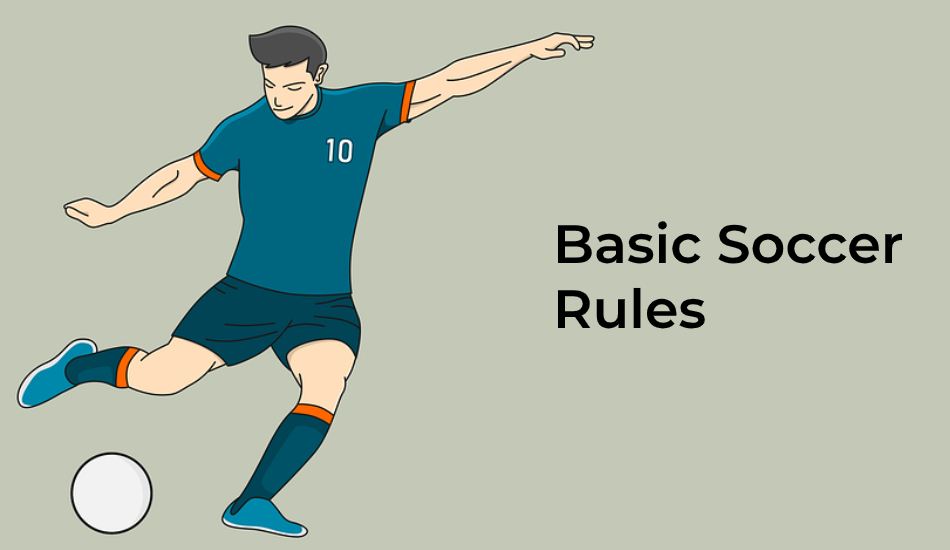Football: The Evolution of Football Rules

football
Football, often called “soccer” in some parts of the world, is a sport deeply rooted in history. Over the years, the game has undergone a significant transformation, especially in its rules and regulations. This article delves into the fascinating evolution of football rules, from its chaotic beginnings to the precise and structured game we know today.
The Early Chaos
In the early 19th century, football was more of a local pastime with no standardized rules. Different regions had their own variations of the game, leading to confusion and frequent disputes during matches.
Cambridge Rules
In 1848, Cambridge University attempted to bring some order to football by establishing the “Cambridge Rules.” These rules included bans on using hands and hacking (kicking an opponent’s shins). However, they still allowed a fair amount of physicality.
The Birth of The Football Association (FA)
In 1863, a pivotal moment in the history of football occurred with the formation of The Football Association in England. The FA introduced the first official set of rules, which laid the foundation for modern football. Key regulations included the use of a spherical ball and the prohibition of carrying or throwing it.
The Offside Rule
The offside rule has undergone several revisions over the years. In 1925, the rule was modified to allow a player to be level with the second-to-last defender when the ball was played to them. The current interpretation of the offside rule focuses on whether a player is actively involved in the play.
The Introduction of Penalty Kicks
Initially, the ball was placed 12 yards from the goal, a distance that remains unchanged today.
The Back-Pass Rule
In 1992, FIFA introduced the back-pass rule, prohibiting goalkeepers from handling the ball when it was deliberately passed to them by a teammate.
Video Assistant Referee (VAR)
One of the most recent and controversial developments in football is the introduction of VAR. VAR allows match officials to review decisions made by the on-field referee with the assistance of video footage. While it aims to reduce errors, it has sparked debates over its impact on the flow of the game.
Concussion Protocols
In recent years, the focus on player safety has led to the introduction of concussion protocols. When a player sustains a head injury, they must undergo a thorough assessment by medical professionals before returning to the field.
The Future of Football Rules
As the game continues to evolve, discussions about potential rule changes persist. Topics like the use of technology, adjusting the offside rule, and promoting fair play remain at the forefront of football’s rule evolution.
Conclusion
The evolution of football rules reflects the sport’s continuous quest for fairness, excitement, and safety. From the early chaos of unregulated matches to the structured and precise game we witness today, football has come a long way. As the sport progresses, it remains essential to strike a balance between tradition and innovation while keeping the spirit of the game alive.





